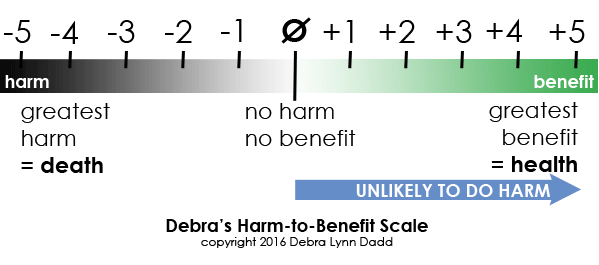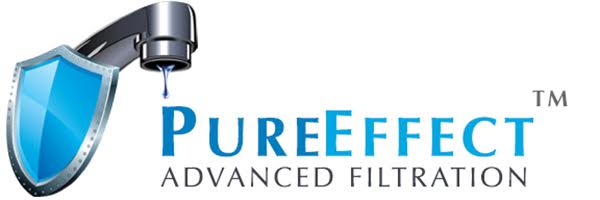The Methodology
I have been researching toxic chemicals in consumer products as an educated consumer for more than thirty years. What I am looking for are products that are made up of materials that have little or no ability to lead to illness or injury under normal use.
Here’s what I look for when I evaluate a product:
- What are the policies and guiding principles of the company regarding toxics?
- What are the materials used to make the product?
- What are the known toxic exposures that are inherent in that material?
- Have there been any independent third party testing or certifications by independent organizations to validate that toxic free practices have been followed?
- Is it made in the USA? If not, what country is the product made in and where do the materials come from, and what standards apply?
My work helping consumers learn which products do not contain toxic chemical poisons goes beyond identifying chemicals that cause cancer, genetic changes, and birth defects. It includes chemicals that cause harm to all body systems. In the world of toxicology, even allergy is considered a toxic effect.
It is common for certification programs to make a list of toxic chemicals to be excluded, that is, they will say their certified products do not contain a specific list of toxic chemicals.
But that isn’t enough for me. A list might contain even hundreds of chemicals not allowed, but a product may still contain toxic chemicals not on the list.
I look at each ingredient and assess it’s toxicity using data from published scientific studies, Material Safety Data Sheets, and other respected sources. What I am looking for are products that are made up of ingredients that have little or no inherent toxicity.
Rather that excluding only the most toxic ingredients, I err on the side of caution and look for the safest ingredients available.
I apply the Precautionary Principle when deciding whether a product ingredient is toxic or not:
“When human activities may lead to morally unacceptable harm that is scientifically plausible but uncertain, actions shall be taken to avoid or diminish that harm.”
And I also bring my thirty-plus years of experience and knowledge of toxics that might be used that are not on the label (such as toxic pesticides that might be present as residues).
I have looked at many products that claim to be “nontoxic” or “toxic free” and have found that my standards are stricter than most. Many products that claim to be nontoxic don’t meet my standards.
I’m looking for zero exposure of toxic chemicals for the end user consumer.
How I Determine Which Materials Are Toxic, and Which Are Not
Over the course of my thirty+ years of study I have observed a few things.
One is that materials fall into three basic categories with regard to health:
- beneficial (having a good result)
- benign (not harmful in effect)
- toxic (causing harm, in this case to health and/or the environment).
An example of a toxic material would be formaldehyde, which is known to cause cancer. An example of a benign material is glass, which has no toxic effects but also does not offer a health benefit. An example of a beneficial material is an organically-grown orange, which in addition to being free from toxic pesticides, also has beneficial nutrients, such as vitamin C.
These categories are not static, but have many gradient degrees.
My broadest definition of “tunlikely to do harm” is a material that at least will not cause illness or injury and may in addition offer positive benefits that contribute to health.
On a scale, it looks like this:

Using this scale, it’s easy to see where any material or product might be placed, to determine its effect on health.
It’s not difficult to find out if a chemical is toxic. There are standards, such as the LD50 (lethal dose 50, which measures how much of a substance is needed to kill half of the lab rats) and the Hazardous Materials Identification System (HMIS) Health Hazard rating for chemicals, from 0-4.
There is an abundance of information available on the internet regarding the toxicity of chemicals. Some of the sources I use are:
- Material Safety Data Sheets (MSDS)—now known as Safety Data Sheets (SDS)
- Environmental Protection Agency
- Centers for Disease Control
- Environmental Working Group
- Scorecard Chemical Profiles
- Collaboration on Health and the Environment Toxicant and Disease Database
- EXTOXNET
- State of California Office of Environmental Health Hazard Assessment
- Tox Town
- Environmental Health News
- Pharos
- Quartz
And many more.
In addition I also search the internet for studies and technical data provided by manufacturers as well as statements made by researchers and healthcare professionals who are observing toxic effects in their patients, and individuals who are experiencing toxic effects.
I collect substantiation for all chemicals I consider to be toxic, so my recommendations for elimination of exposures have a scientific basis.






